Wildlife of Punjab
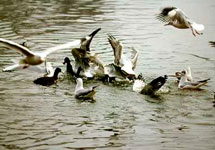
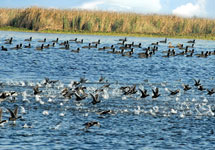
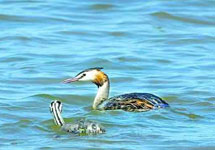
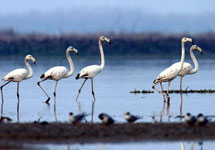
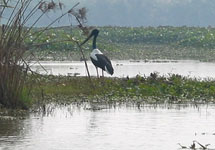
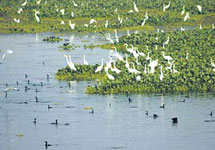



The unique eco –system of the Shivaliks is spread over a geographical area of 9448.97 sq.km,and lies in the northern-eastern part of the state extending from north west to south-east along the Himachal Pradesh border. It is spread across the eastern parts of the districts of Gurdaspur,Hoshiarpur,Shadeed Bhagat Singh Nagar and Rup agar. It is now discovered that it was home to the Paleolithic man.There are more than 70 species of trees,19 species of mammals and 396 species of birds here. Some of the fruit trees that grow well here are apple, peach, fig, mulberry, apricot, almond, plums, oranges and pomegranate. There are many varieties of snakes, wild boar, squirrels, hog deer and mongoose.
The profusion of references to trees, nature and environment in Guru Granth Sahib and the commemoration of sacred shrines by popular species of trees allude to the vigorous species of trees, eulogising species which are useful to mankind. The trees that have sanctity in Sikhism include Bohr (Ficus benagalensis),Pipal(Ficus religiosa), Jand (Prosopis zizyphus jujube spicigera), Garna (capparis horrida),Karir (Capparies aaphylla),Phalahi (Acacia modeta),Reru (Mimasa leucophloea),Luhura (Cordia latifolia), Tahli (shisham),Imli (Tararind),Amb (Mangina parvifolia) and Ber (zizyphus jujube).It has been found that zizyphus jujube has sweet fruit: Jand (prosopis spicigera) has leaves that are used for feeding horses; Neem (margossa)has medicinal value: Tahli (shisham,state tree of Pubjab) offers splendid wood;Imli (tamarind) has both nutritional and medicinal value.
About Punjab
Travel Guide
Main Links
Travel Information
Exploring Punjab - Vacations
Punjab's Forestry and Wildlife
The Unique eco-system of the Shivaliks is spread over a geographical area 9448.97 Sq. km, and lies in the north-eatern part of the state extending from north-west to south-east along the Himachal Pradesh Border. It is spread across the eastern part of the districts of Gurdaspur, Hoshiarpur, Shaheed Bhagat Singh Nagar and Rupnagar


